
When it comes to successful ad targeting for consumer packaged goods brands (CPG), there are a lot of theories, but little data.
Until recently, that is. In June, NCS released the results of a study on 50 CPG brands over 3-and-a-half-years at various stages of their life cycles called How to Build Brands. Recently, Reynolds Wrap, the venerable aluminum foil brand, took a deep dive into what this data means for the brand.
According to the study, advertising spend becomes more efficient when marketers can identify which consumer groups the messaging resonates with most. Ideally, marketers can double down on such targeting to improve return on ad spend (ROAS) and sales lift. For CPGs, efficient spending is imperative. The average food store in the U.S. is 7,500 square feet smaller than 10 years ago and has about 9,000 more products for sale. But 60% of shopping decisions are still made in store. Clearly, many shopping decisions are up for grabs.
Applying the Data for Reynolds
One of the findings of the NCS research is that every brand has a “signature,” a unique pattern based on how consumers purchase the brand and category over time. The research found Reynolds had a “standard” brand signature, meaning the levels of loyalty and buying of the category are similar to most CPG brands.
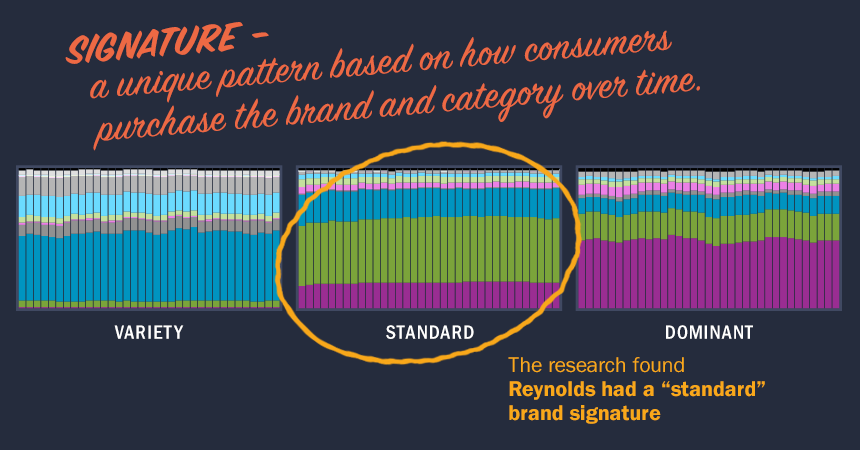
To test the impact of this finding, the brand worked with NCS to look at results of a recent campaign with Meredith Digital. Reynolds’ goal with the campaign was to drive increased usage among current users. The strategy was to make use of targeting from Meredith and NCS. Creative consisted of recipes that use foil as a “key ingredient,” like grilled meats.
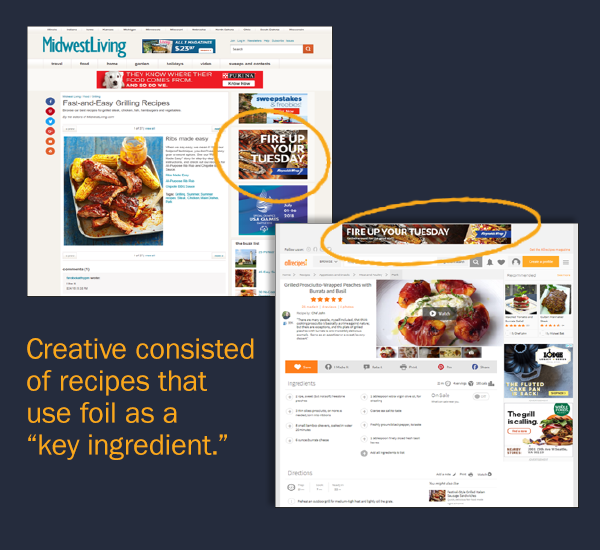
The data showed that the creative resonated highest with switchers, category buyers and non-loyals. In particular, heavy category buyers who were also switchers added $0.61 of incremental sales when exposed to the ads. The campaign didn’t do as well among prior non-category buyers, who make up 20% of the population.
Implications
This effort helped increase sales and improve ROI from media. Based on the research and the application for this brand, amping up media spending and messaging aimed at switchers, category buyers and non-loyals will increase the efficacy of future campaigns.
Brands can grow by adding new users or increasing the consumption of current users. This creative message did not resonate with the non-buyer and hence did not convert them to a new customer. Any dollars spent for targeting non-buyers for acquisition with this messaging would be wasted, so other campaigns would need to be created to achieve this goal. Reynolds is better off to continue to spend against the consumer base that this message resonated with the most.
This again boils down to our belief that, “Advertising to consumers who don’t respond wastes your media dollars. Advertising to the right consumers with a message that resonates drives sales and growth.”
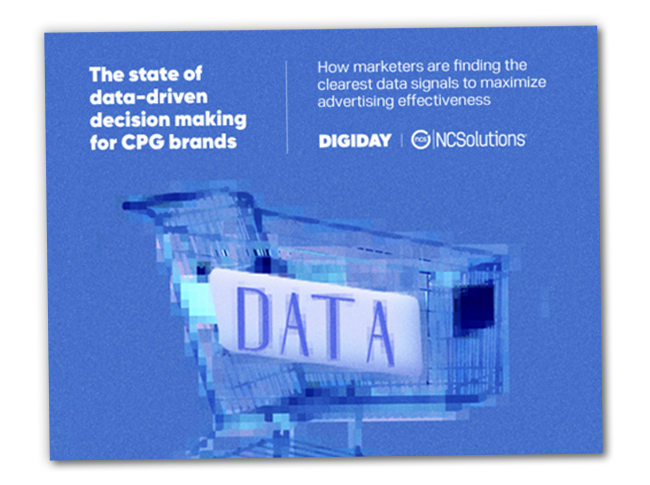
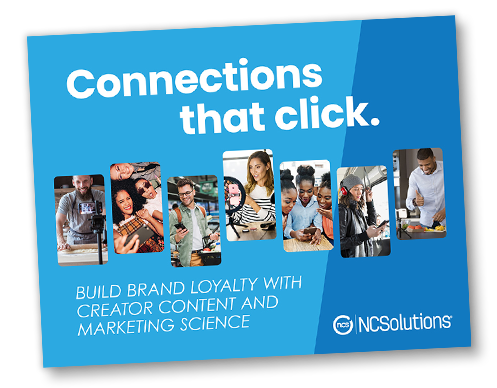
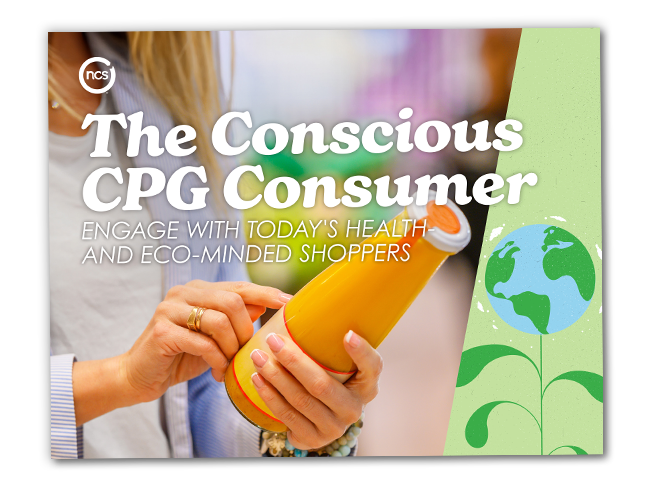


.png)
.png)




